Cottony Cochineal: [Detection, Steps to follow and Products to use]
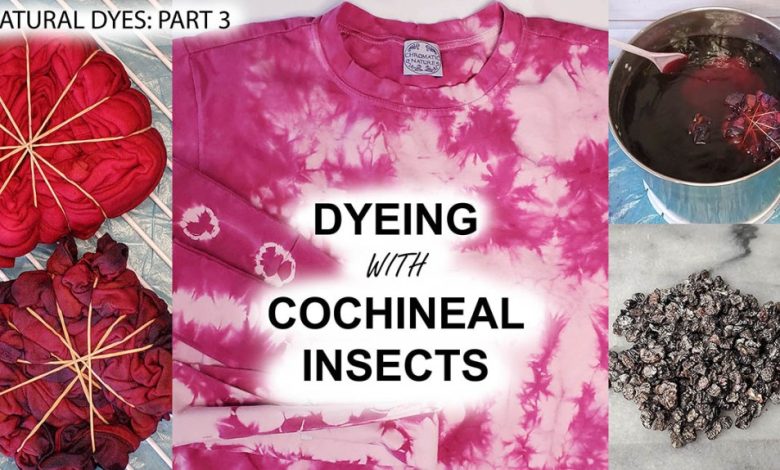
The cottony mealybug is one of the most common insects affecting orchards. It has an oval build and is white in color.
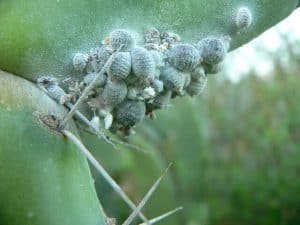 Its eradication is a process that can last a short time, but it is necessary to act promptly to avoid an excessive presence of the insect.
Its eradication is a process that can last a short time, but it is necessary to act promptly to avoid an excessive presence of the insect.
It can be present in almost any species, so we should all be well informed on how to fight it and here we will give you precise information.
What is the cottony mealybug?
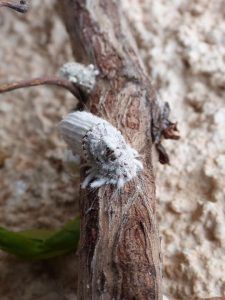 The cottony mealybug is an oval-shaped insect with a padded structure on top and a whitish color. They have variations in the presentation as for the male and the female.
The cottony mealybug is an oval-shaped insect with a padded structure on top and a whitish color. They have variations in the presentation as for the male and the female.
The male has wings, so he can fly from one plant to another looking for the female for fertilization. However, it is short-lived because upon completion of this process, it dies.
For her part, the female tends to be a little larger, she does not have wings and under her padded surface she keeps the eggs she generates. Laying her eggs on the host plant, she goes through a rapid desiccation process and dies.
Their diet is purely vegetable, through the sap of the plants that they manage to find by sucking on them. However, they do not tolerate the sugar that is available within the substance, so they eliminate it in the form of waste, giving rise to diseases.
How can we identify what attacks our crops?
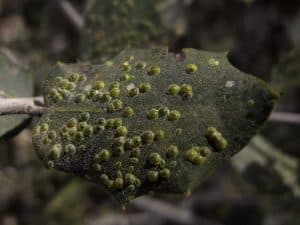 The cottony mealybug pest is difficult to detect in the early stages because they are usually located in the most hidden parts of the plant.
The cottony mealybug pest is difficult to detect in the early stages because they are usually located in the most hidden parts of the plant.
That is why a first method consists of checking, with some regularity, each part of the plant to verify if there is something strange.
In any case, the symptoms that the cochineal is attacking will not take long to be noticed because extracting the sap alters its photosynthesis process.
The plant will begin to lose vitality, the fruits and flowers will fall at the wrong time and malformations could even be created. All this causes important losses in crops, but even in those that are not so affected, there are no more possibilities for sale.
The mealybug attacks mainly during the summer, especially when irrigation recommendations are not followed to keep the plants hydrated.
How to combat the cottony mealybug?
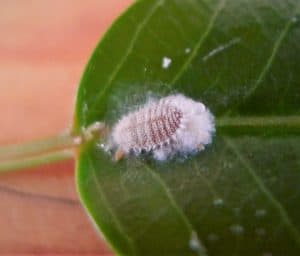 The cottony mealybug almost always attacks crops that are not receiving the care recommended for their species.
The cottony mealybug almost always attacks crops that are not receiving the care recommended for their species.
Then, they go through a general weakening process that the insect takes advantage of for its own use.
That is why the first measure to combat it is to take care of irrigation, fertilizer, soil conditions, planting time, among others.
If the plague is detected before it affects a large part of the plant, it can be worked with the use of methyl alcohol to remove it. The process is very simple and all you have to do is soak cotton in it and clean the surface of the plant that has been affected.
It could also be prevented and combated by incorporating an insect that is a predator of the cochineal. It is important to select it very well to avoid major damage to the plantations. A good example is ladybugs.
These can be purchased in the market and are an excellent watchdog against the cottony mealybug.
What products can we use to eliminate the cottony mealybug?
When it comes to eradicating numerous cochineal infestations, there are different ecological alternatives that will help us eradicate the problem without damage.
neem oil
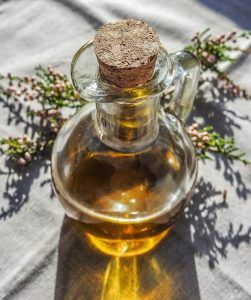 It is an excellent natural insecticide that can be applied directly to plants without fear of risk of contamination.
It is an excellent natural insecticide that can be applied directly to plants without fear of risk of contamination.
The easiest way to apply it is with a mixture in a little water and use a spray bottle to moisten the entire plant.
It is important to work even the most hidden parts, since it is precisely there that they tend to be hidden more easily.
Potassium soap and methyl alcohol
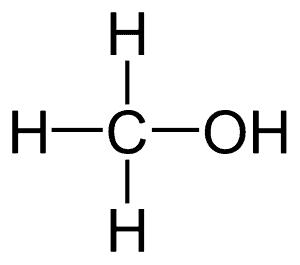 Both products are very good for combating the cottony mealybug without causing problems in crops.
Both products are very good for combating the cottony mealybug without causing problems in crops.
Its application will be executed with a sprayer, making a mixture of water, potassium soap and methyl alcohol in equal parts.
This action makes it easier to attack all areas of the plant, even the most hidden. It is important to note that potassium soap is a biodegradable product.
Each of these mixtures will be applied depending on the results that are obtained and the number of mealybugs that the plant has.
Then, the times could vary from once a week or once every fortnight. The cottony mealybug, like any other insect, is part of the species that we all want to keep away from our garden.
However, the simple desire is not enough and it is necessary to follow the precise instructions to keep the planting space well disinfected.
Bibliography and references
- Malagon Canizares, Jose; Monzo, Juan Carlos. (2014). Thrips and cottony mealybugs, emerging pests in persimmon cultivation. Phytoma Spain: The professional journal of plant health, ISSN 1131-8988, Nº 259, 2014, pp. 44-51.
- Tejero sang, Manuel; Guirao Moya, Pedro Luis. (2016). Prospecting and identification of some pomegranate pest species: cottony mealybugs, aphids and barrenetas. Miguel Hernandez University of Elche. Alicante-Spain. Reproduced from: http://dspace.umh.es/bitstream/11000/2822/1/TFM%20Cant%C3%B3%20Tejero,%20Manuel.pdf
- Estopà Consuegra, L. (2015). Biological control of the cottony cushion mealybug of the vine Planococcus ficus (Signoret) (Hemiptera: Pseudococcidae) in table grapes in the Vinalopó Valley. Influence and management of ants. Polytechnic university of Valencia. Valencia Spain. Reproduced from: https://riunet.upv.es/bitstream/handle/10251/64258/TFM%20Llu%c3%ads%20final.pdf?sequence=1&isAllowed=y
- Palma-Jimenez, Melissa; Blanco-Meneses, Monica; Guillen-Sanchez, Cesar. (2019). Mealybugs (Hemiptera: Pseudococcidae) and their impact on Musaceae cultivation. Mesoamerican agronomy. Costa Rica university. San Jose Costa Rica. Reproduced from: https://www.redalyc.org/jatsRepo/437/43757673019/43757673019.pdf

![Photo of The Climate: [Concept, Elements, Importance and Examples]](https://www.complete-gardening.com/wp-content/uploads/2022/08/the-climate-concept-elements-importance-and-examples.gif)
![Photo of Lonicera Implexa: [Cultivation, Irrigation, Associations, Pests and Diseases]](https://www.complete-gardening.com/wp-content/uploads/2022/08/lonicera-implexa-cultivation-irrigation-associations-pests-and-diseases-390x220.png)

![Photo of Why is my Pumpkin NOT producing Fruit? [Causes and Solutions]](https://www.complete-gardening.com/wp-content/uploads/2022/08/why-is-my-pumpkin-not-producing-fruit-causes-and-solutions-390x220.jpg)